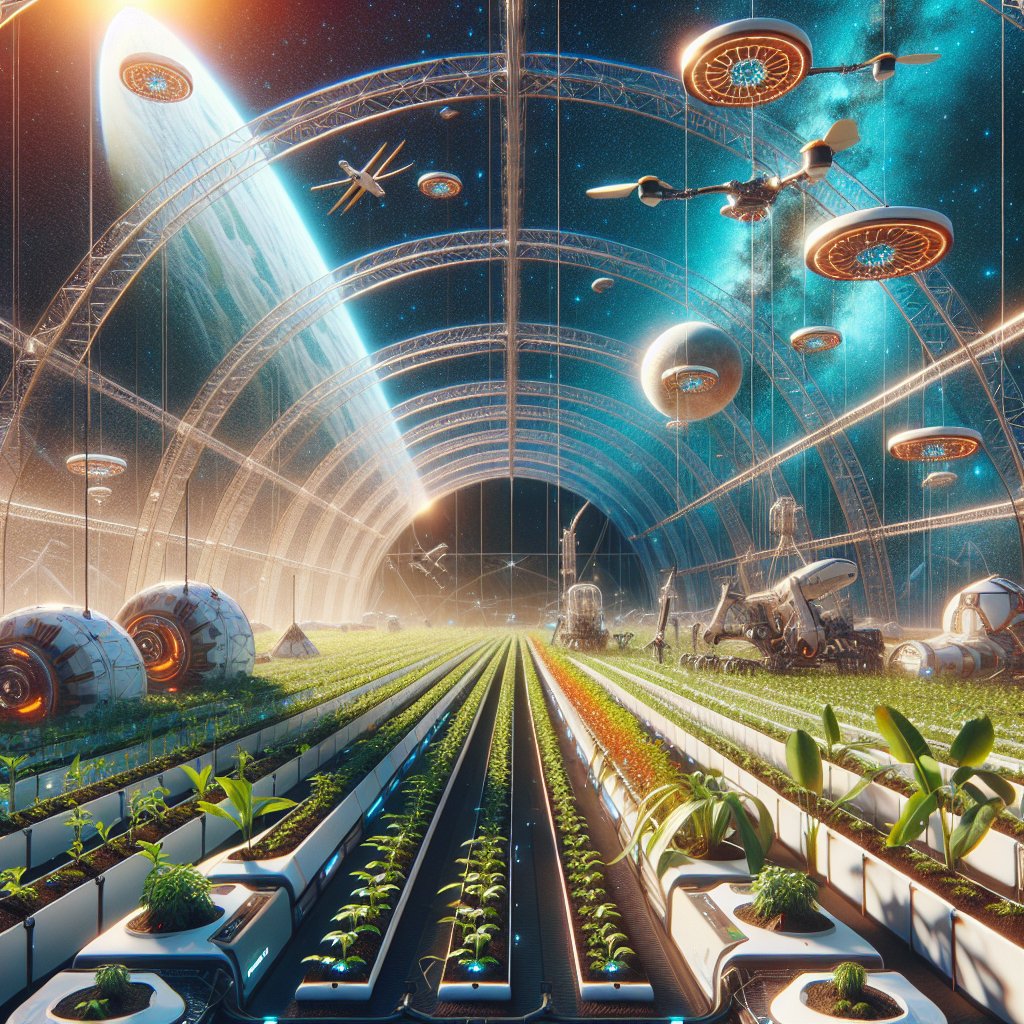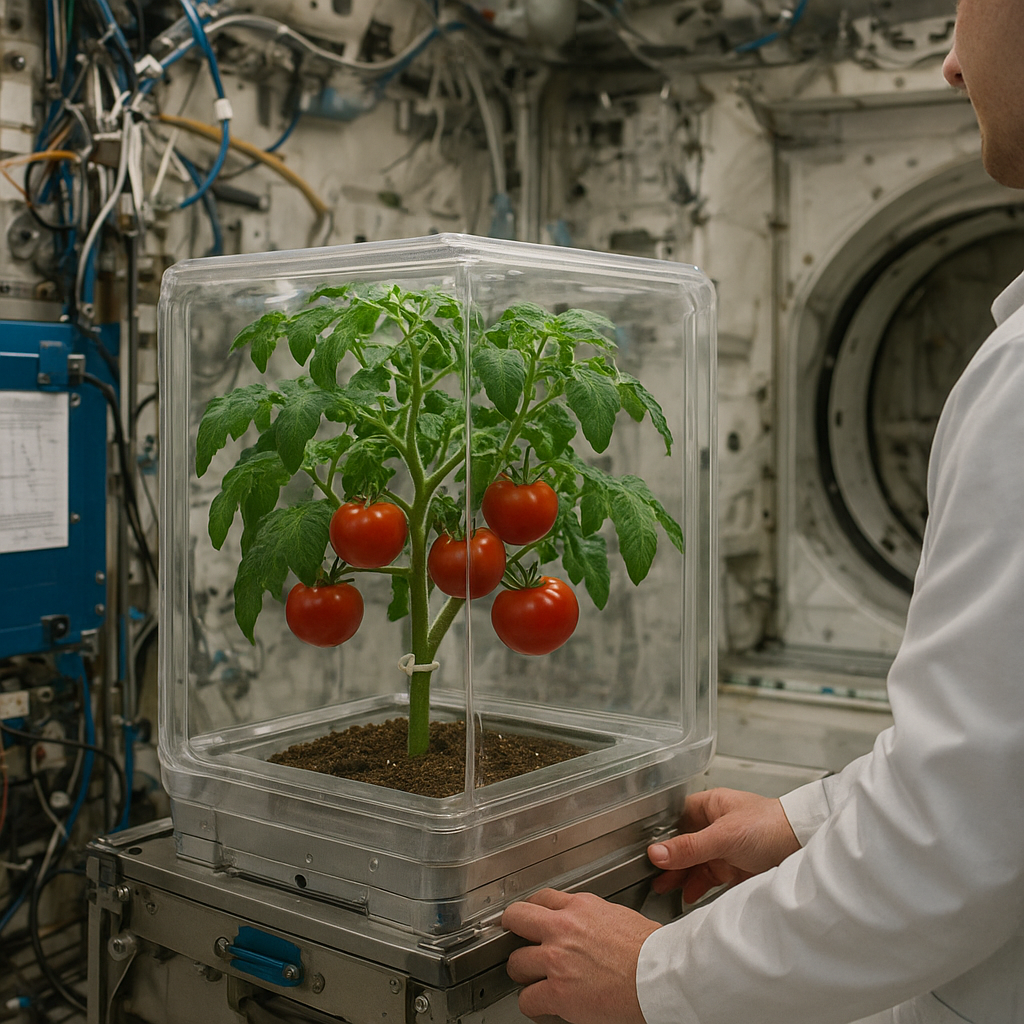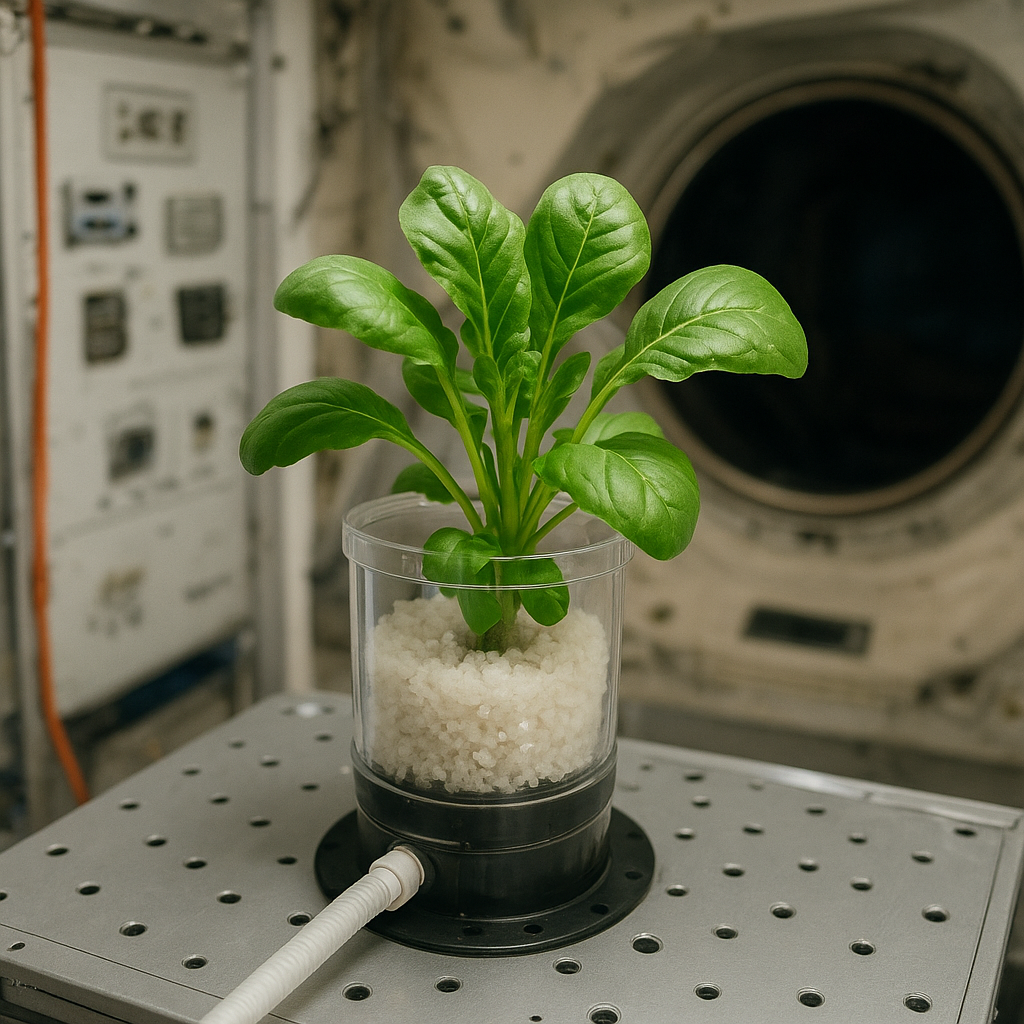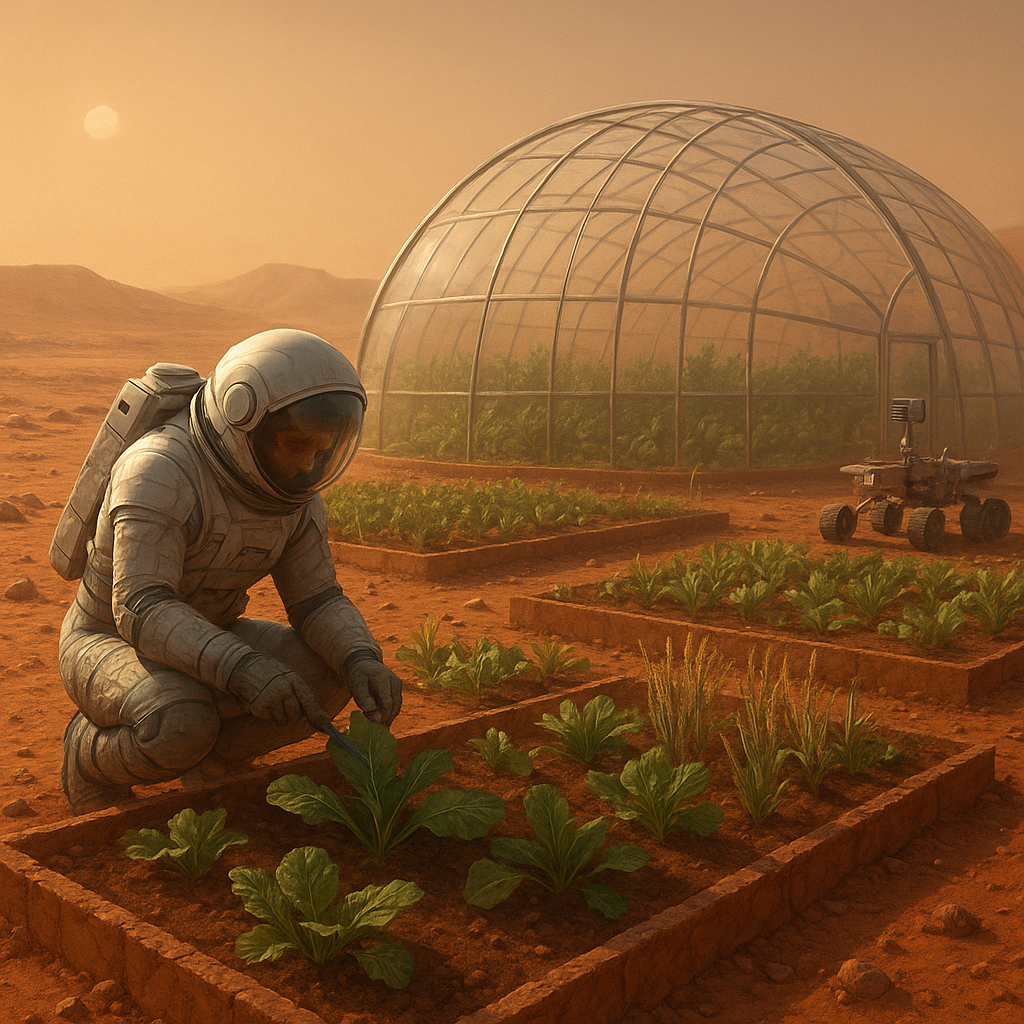The concept of interstellar agriculture presents a fascinating intersection between the fields of agriculture and space exploration, offering innovative solutions to the challenges of food supply chains on Earth and beyond. As humanity looks to the stars, the need for sustainable food production systems in extraterrestrial environments becomes increasingly critical. This article explores the potential of interstellar agriculture, its implications for food security, and how it could redefine supply chains in a future where space colonization is a reality.
The Need for Interstellar Agriculture
As the global population continues to grow, the demand for food is reaching unprecedented levels. Traditional agricultural practices face numerous challenges, including climate change, soil degradation, and water scarcity. These issues are compounded by the fact that Earth’s resources are finite. In this context, the exploration of interstellar agriculture emerges as a viable solution not only for sustaining life on Earth but also for supporting human colonies on other planets.
Challenges of Earth-Based Agriculture
Earth-based agriculture is under significant pressure due to various factors:
- Climate Change: Altered weather patterns, increased frequency of extreme weather events, and shifting agricultural zones threaten food production.
- Soil Degradation: Intensive farming practices have led to soil erosion, nutrient depletion, and loss of biodiversity.
- Water Scarcity: Freshwater resources are dwindling, making irrigation increasingly difficult.
- Urbanization: As cities expand, arable land is lost, further straining food production systems.
These challenges necessitate innovative approaches to agriculture, prompting researchers and scientists to consider the possibilities of growing food in space. The development of interstellar agriculture could provide a sustainable solution to these pressing issues.
Exploring Extraterrestrial Environments
To understand the potential of interstellar agriculture, it is essential to explore the environments of other celestial bodies. Mars, for instance, has been a focal point for potential colonization due to its similarities to Earth. However, its harsh conditions, including low temperatures, high radiation levels, and thin atmosphere, pose significant challenges for traditional farming methods.
In contrast, the Moon offers a different set of opportunities and challenges. With its lack of atmosphere and extreme temperature fluctuations, lunar agriculture would require innovative solutions such as controlled environments and hydroponic systems. The development of these systems could lead to breakthroughs in how we approach agriculture on Earth as well.
Technological Innovations in Interstellar Agriculture
The success of interstellar agriculture hinges on the development of advanced technologies that can facilitate food production in hostile environments. Several key innovations are being explored:
1. Hydroponics and Aeroponics
Hydroponics and aeroponics are soil-less farming techniques that allow plants to grow in nutrient-rich water or mist. These methods are particularly suited for space agriculture, as they require less water and can be implemented in controlled environments. Research has shown that crops grown hydroponically can yield significantly more produce than traditional soil-based farming.
2. Genetic Engineering
Genetic engineering holds the potential to create crops that are more resilient to extreme conditions, such as radiation and temperature fluctuations. By modifying the genetic makeup of plants, scientists can enhance their growth rates, nutritional content, and resistance to pests and diseases. This technology could be crucial for ensuring food security in extraterrestrial environments.
3. Closed-Loop Systems
Closed-loop systems, which recycle waste products and nutrients, are essential for sustainable agriculture in space. These systems can minimize resource consumption and reduce the need for resupply missions from Earth. By creating a self-sustaining ecosystem, interstellar agriculture can thrive even in the most challenging conditions.
4. Artificial Intelligence and Automation
AI and automation can play a significant role in optimizing agricultural practices in space. Smart sensors can monitor plant health, environmental conditions, and resource usage, allowing for precise adjustments to be made in real-time. Automated systems can also handle planting, harvesting, and maintenance tasks, reducing the need for human labor in potentially hazardous environments.
Implications for Food Supply Chains
The advent of interstellar agriculture could have profound implications for food supply chains on Earth and beyond. As we develop the capability to grow food in space, we can rethink how we approach food production and distribution.
1. Reducing Dependency on Earth
Interstellar agriculture could reduce humanity’s dependency on Earth for food supplies. As colonies are established on other planets, the ability to produce food locally will be essential for their sustainability. This shift could lead to a more decentralized food system, where each colony is responsible for its own food production.
2. Innovations in Transportation and Logistics
The need to transport food across vast distances in space will require innovative logistics solutions. Advanced transportation systems, such as space elevators or reusable spacecraft, could facilitate the movement of goods between Earth and other celestial bodies. This could also lead to the development of new supply chain models that prioritize efficiency and sustainability.
3. Enhancing Food Security on Earth
Technologies developed for interstellar agriculture could also be applied to improve food security on Earth. For instance, hydroponic and aeroponic systems can be implemented in urban areas, allowing for local food production and reducing the carbon footprint associated with transportation. Additionally, advancements in genetic engineering could lead to more resilient crops that can thrive in challenging climates.
4. Global Collaboration and Knowledge Sharing
The pursuit of interstellar agriculture will require collaboration among nations, researchers, and private enterprises. This global effort could foster knowledge sharing and innovation, leading to advancements that benefit food production systems on Earth. By working together, humanity can address the challenges of food security and sustainability in a rapidly changing world.
Conclusion
Interstellar agriculture represents a bold vision for the future of food production, one that transcends the limitations of Earth-based systems. As we explore the possibilities of growing food in space, we must also consider the implications for our food supply chains and the potential benefits for life on Earth. By embracing innovation and collaboration, we can redefine agriculture for a new era, ensuring that humanity is prepared to thrive both on our home planet and among the stars.




